Collaborative Research Initiatives
The IPS Cell Derived Organoids Market benefits from collaborative research initiatives among academic institutions, biotechnology companies, and pharmaceutical firms. These partnerships are pivotal in advancing organoid technology and expanding its applications in drug discovery and regenerative medicine. For instance, joint ventures often lead to the pooling of resources and expertise, which accelerates the development of novel organoid models. Recent collaborations have resulted in the establishment of specialized research consortia focused on organoid applications, which have attracted significant funding. This influx of investment is likely to enhance the capabilities of organoid research, thereby driving market growth. Furthermore, these initiatives foster knowledge sharing and innovation, which are essential for overcoming existing challenges in organoid technology. As a result, the collaborative landscape is expected to play a crucial role in shaping the future of the IPS Cell Derived Organoids Market.
Rising Interest in Personalized Medicine
The IPS Cell Derived Organoids Market is significantly influenced by the growing interest in personalized medicine. As healthcare shifts towards tailored therapies, organoids derived from patient-specific induced pluripotent stem cells (iPSCs) offer a unique platform for developing individualized treatment strategies. This trend is particularly evident in oncology, where organoids can be used to test drug responses specific to a patient's tumor profile. The market for personalized medicine is expected to reach USD 2.5 trillion by 2030, indicating a robust demand for organoid technologies that support this paradigm shift. Additionally, the ability to model patient-specific diseases using organoids enhances the understanding of disease mechanisms, thereby fostering the development of targeted therapies. This alignment with personalized medicine not only drives market growth but also positions the IPS Cell Derived Organoids Market at the forefront of innovative healthcare solutions.
Regulatory Support and Funding Opportunities
The IPS Cell Derived Organoids Market is bolstered by increasing regulatory support and funding opportunities from governmental and non-governmental organizations. Regulatory bodies are recognizing the potential of organoids in advancing biomedical research and are establishing guidelines to facilitate their use in clinical applications. This regulatory clarity is likely to encourage investment in organoid technologies, as companies seek to align their research with established standards. Additionally, various funding programs aimed at promoting innovative research in regenerative medicine are emerging, providing financial support for projects involving iPSC-derived organoids. This influx of funding is expected to accelerate the development of new organoid models and applications, thereby enhancing the overall market landscape. As a result, the IPS Cell Derived Organoids Market is well-positioned to capitalize on these favorable conditions, fostering innovation and growth.
Technological Advancements in Organoid Culture
The IPS Cell Derived Organoids Market is experiencing a surge in technological advancements that enhance organoid culture techniques. Innovations in 3D bioprinting and microfluidics are enabling researchers to create more complex and physiologically relevant organoids. These advancements facilitate better modeling of human diseases, which is crucial for drug discovery and toxicity testing. As a result, the market is projected to grow at a compound annual growth rate of approximately 25% over the next five years. Furthermore, the integration of artificial intelligence in organoid research is streamlining data analysis, thereby accelerating the pace of scientific discovery. This technological evolution not only improves the efficiency of organoid production but also expands their applications in regenerative medicine and disease modeling, making them indispensable tools in contemporary biomedical research.
Increasing Demand for Drug Discovery and Development
The IPS Cell Derived Organoids Market is witnessing an increasing demand for innovative drug discovery and development methodologies. Traditional drug testing methods often fail to accurately predict human responses, leading to high failure rates in clinical trials. In contrast, organoids derived from iPSCs provide a more reliable platform for preclinical testing, as they closely mimic human tissue architecture and function. The IPS Cell Derived Organoids Market is projected to reach USD 200 billion by 2026, with organoids playing a critical role in this transformation. Their ability to model complex diseases and assess drug efficacy and toxicity in a patient-specific context is driving their adoption in pharmaceutical research. Consequently, the IPS Cell Derived Organoids Market is poised for substantial growth as more companies integrate organoid technology into their drug development pipelines.


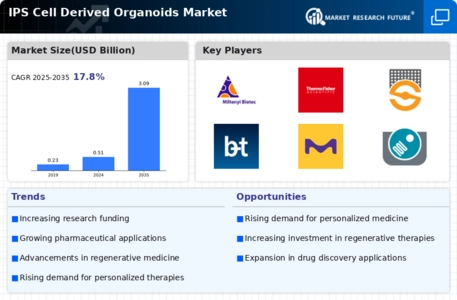

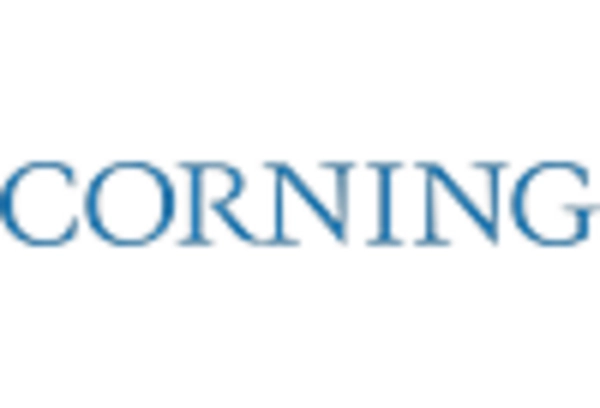
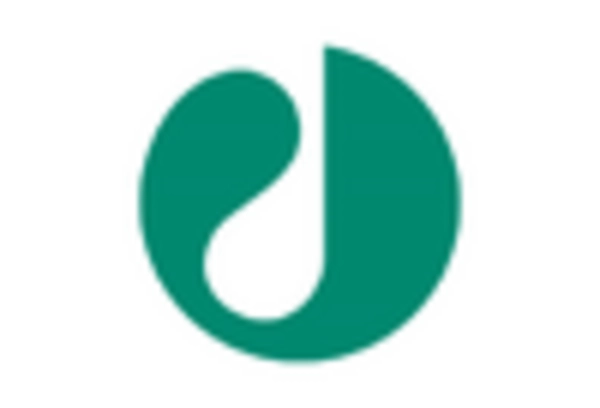

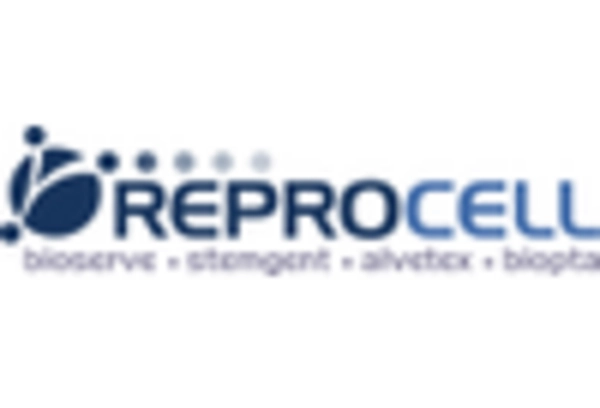
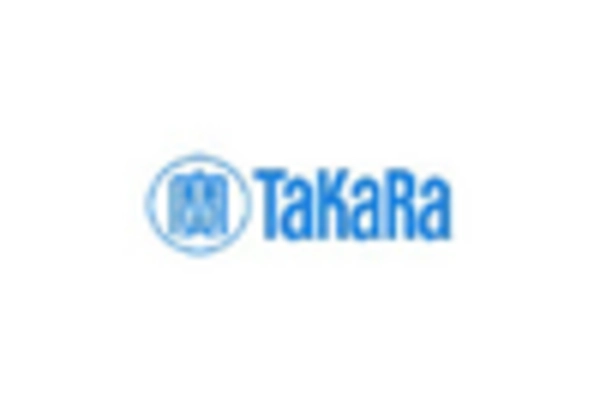









Leave a Comment